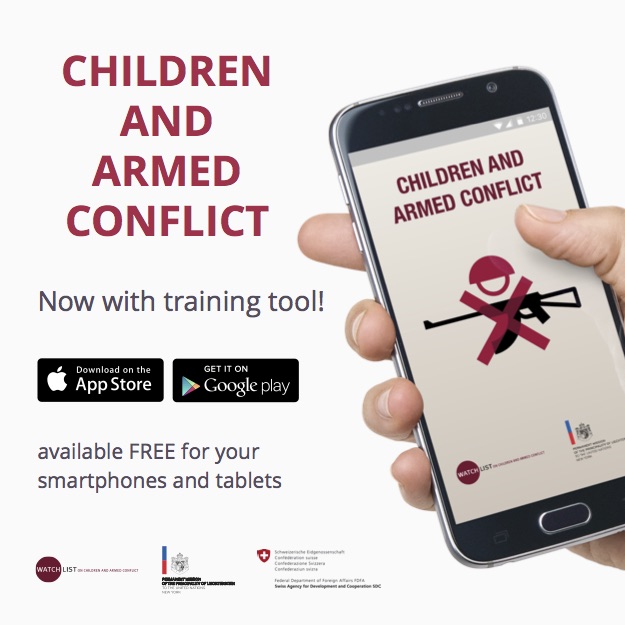On 17 March, Watchlist on Children and Armed Conflict released its new briefing note titled Working Methods 2006-2013. Strengthening the Impact of the Security Council Working Group on Children and Armed Conflict. This note continues Watchlist’s practice of providing updated analyses of the working methods of the Security Council Working Group on Children and Armed Conflict. It examines and identifies trends in (1) the use of the Working Group’s toolkit and (2) the time taken to adopt country-specific conclusions.
Watchlist’s research found that between 2006 and 2014, the Working Group used an average of 7.4 out of 26 available tools (28%) per conclusion. The Working Group has relied predominantly on a minority of the tools available to it, and the range of tools used has decreased since the early years of the Working Group. During the same period, the average adoption time for country-specific conclusions has increased from 3.4 months in 2006 to five months in 2014, well above the target adoption time of two months. Still, in 2013-2014, the Working Group placed increased emphasis on the implementation of the CAAC agenda, including the issue of child protection in ceasefire and/or peace talks, calls for child protection training for troops, and requests for engagement with listed parties to expedite the development of action plans. The Working Group has also proactively employed a number of tools designed to respond to rapid developments in conflict situations, including regular briefings of the Secretary-General for Children and Armed Conflict (SRSG-CAAC), Working Group visits to Myanmar and the Democratic Republic of the Congo, and the use of Security Council visiting missions.
Beyond its findings, the note also offers recommendations for further strengthening the working methods of the Working Group in relation to both the use of the toolkit and the adoption time of conclusions.



